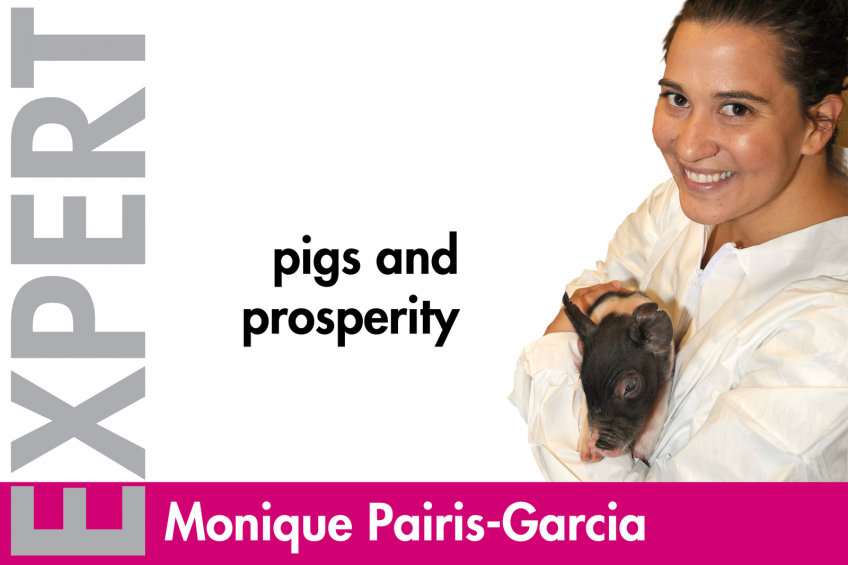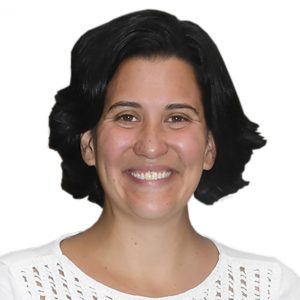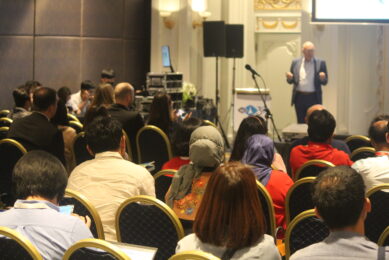Sow housing conference: An educational experience

Honesty, transparency and understanding – those were the key words used when describing the outcome of the first Tri-State Sow Housing Conference, preparing the US for a future with group housing for sows. Co-organiser Monique Pairis-Garcia reflects.
The Tri-State Sow Housing Conference held on February 9th in Columbus, OH, United States, was a successful event bringing in 220 producers, academics, and members of the swine industry.
Preparing to transition to sow group housing
The conference consisted of a day of educational material to prepare Indiana, Michigan and Ohio producers in the transition from individually housed systems to group housing for gestating sows. The day-long conference covered a variety of topics related to sow housing including the retailer and consumer perspective on sow housing options.
By far the two areas covered that received the most positive feedback from producers included the producer panel on sow housing and the European perspective of sow housing systems.
Pig producer panel
The following individuals sat on the producer panel:
Rebecca Davis, Barton Farms, Homer, MI, has worked on the planning, permitting, implementation, and post-building analysis of new floor feeding systems on their family owned sow operation.
Jon Hoek, Belstra Milling, DeMotte, IN, provided insight in transitioning 4,300 sows to Electronic Sow Feeding systems and utilising their barn as an educational opportunity for the general public through agritourism.
Casey Long, Hord Livestock, Bucyrus, OH, provided information on transitioning sows to group housing from the perspective of the barn manager that works with the sows on a daily basis.
Ron Ketchem, Swine Management Services, Fremont, NE, is a private consultant that works with over 400,000 sows in US and Canada and focused on how to make any housing system successful through management. It was the honesty and transparency of those sitting on the panel that made this such a successful learning experience.
During this hour-long session, producers were able to ask specific and direct questions to each panel member and receive immediate feedback and perspective from those who have personally gone through barn transitions. By far the greatest outcome to this session was understanding that transitioning to group housing can be done successfully while recognising that each transition will come with its own set of setbacks and successes.
European perspective on sow housing systems
Lisbeth Ulrich Hansen’s talk on the European perspective on sow housing systems was also received with much attention and interest. She brought a plethora of knowledge regarding how to successfully retrofit a barn system to group housing. Producers appreciated Hansen’s experience in transitioning swine operations and her understanding of the importance of sow productivity as it relates to making this transition.
As much of the sow housing systems in Europe are dictated by legislation, it also brought a different perspective for US producers on changes within the swine industry internationally. By far this session provided producers with a snapshot of sow welfare issues to come and will help prepare them to stay proactive in the conversation related to production practices for the US swine industry.
Supporting swine producers by providing guidance
Overall the goal of the conference was to support swine producers in the transition to group housing by providing guidance and educational resources on this area. With the successful turn out and feedback on the conference as a whole, the Tri-State committee is happy to report a successful and educational experience that will assist US to successfully transition to alternative housing systems in the future.











